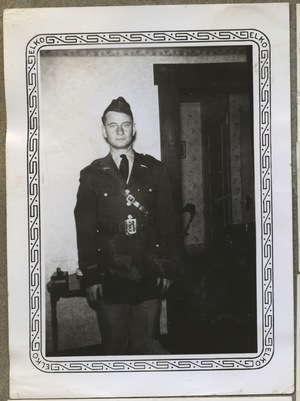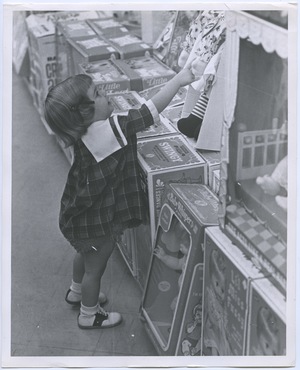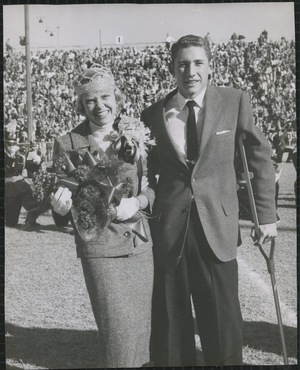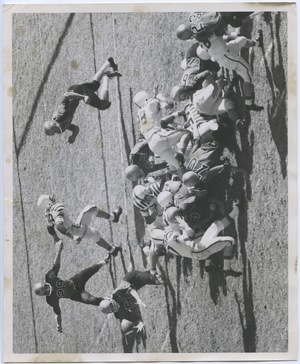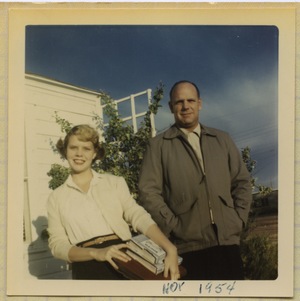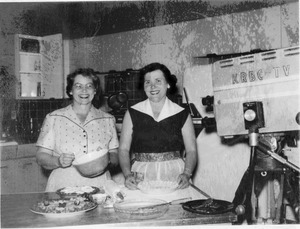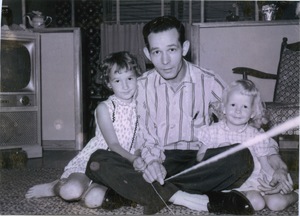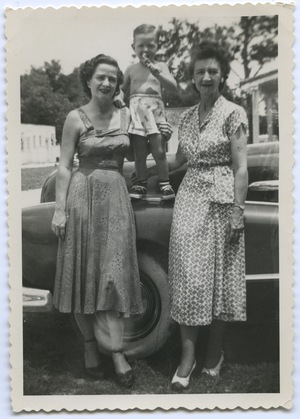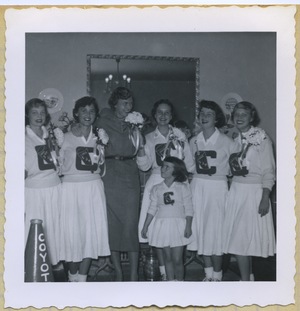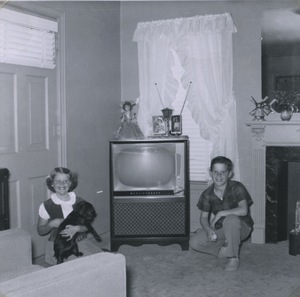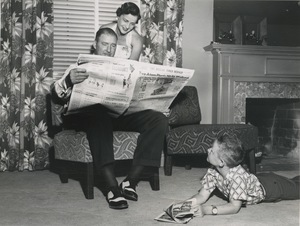Flashback to Midcentury Abilene
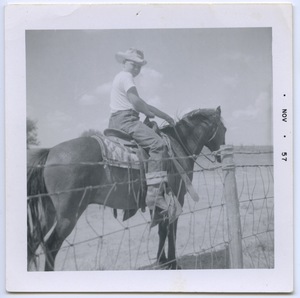
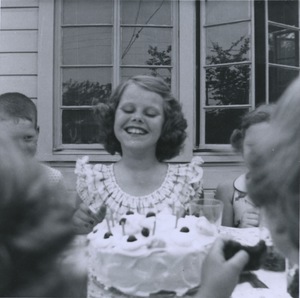
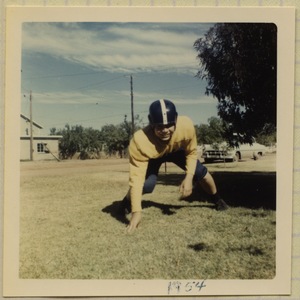
Abilene has always been ambitious but for many locals, the 1950s and 1960s were the golden years of record breaking accomplishments in commerce, culture and high school football.
If you remember the Sandy Chapel Show and the Slim Willet Show, Gandy’s Big Buy, the Abilene Astronomical Society meetings at the Dixie Pig, cruise night, the Zoo in Fair Park, Mack Henson’s Grocery Store, The Chicken Shack, Eplen’s Drivateria, date night at the drive-in movies or window shopping at Minter’s downtown this exhibition is for you. Stop by The Grace and reminisce about Abilene life and times in Abilene in the 1950s.
The modern era began for Abilene, as for the rest of the United States, with World War II. The acquisition of Camp Barkeley, a United States Army post, in 1940 changed the demographic composition, urban landscape, leadership, and outlook of the town. One and one-half million soldiers who spent some time at Barkeley and at the air base at Tye (established in 1943) infused millions of dollars into the local economy. After World War II civic leaders aggressively sought an air force base to maintain the flow of federal dollars, and Congress approved the establishment of Dyess Air Force Base in 1952. In the early 1960s, Nike and Atlas Intercontinental Ballistic Missile installations and launching sites were built near the city. The Cold War brought fear of nuclear attack and Abilenians practiced Civil Defense safety drills in schools and public buildings marked as fallout shelters.
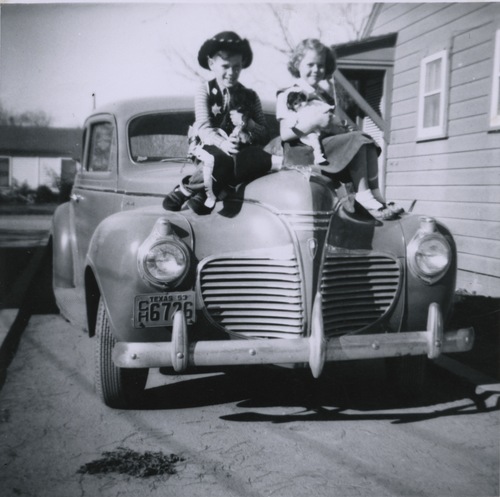
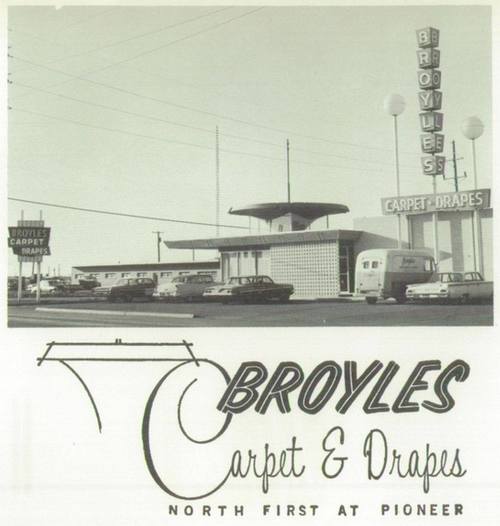
The oil industry, including the development of exploration, drilling, refining, and oilfield service industries, expanded significantly after World War II. Parallel expansion occurred in banking, construction, and retail and wholesale business. Employment expanded dramatically, as it did statewide. From the beginning, there was an attempt to tame the frontier and make Abilene a town congenial for families. In the 1950s jobs and good schools were a priority. The 1903 mandate to abolish saloons kept the city dry until 1978.
In the 1960s citizens approved bonds for the construction of the Abilene Civic Center and the Taylor County Coliseum. The Abilene Philharmonic Orchestra gave its first concert in 1950. Active little-theater groups, ballet companies, a civic chorus, a community band, an art museum (now The Grace Museum) and an opera association asserted the importance of culture and the arts in midcentury Abilene. In 1959 Abilene made extensive improvements to the downtown area. The 1906 Carnegie Library building was razed and replaced in 1954 by the modern library on Cedar Street that is still in use today.
In the 1950s the Abilene Blue Sox competed in semipro baseball but high school football reigned supreme. In 1955, Abilene High was moved to its current location at N 6th and Mockingbird and the crosstown rivalry began when Cooper High School opened in 1960. The Abilene High Marching Band is accepted to be the oldest marching band in Texas. Sixty years ago Abilene High School, under legendary Coach Chuck Moser, began a football dynasty in Texas in 1953 when he moved to Abilene in 1953. What followed were seven of the most amazing years in the rich history of Texas high school football. The 1954, 1955, and 1956 teams won state championships. From 1954 to 1957 the Eagles won an incredible forty-nine consecutive games. Abilene captured six district titles in a row in a rugged West Texas league known as the Little Southwest Conference. In Moser’s seven years, Abilene won seventy-eight games and lost only seven. In its 1999 wrap-up of the twentieth century in Texas, The Dallas Morning News designated the Eagles of 1954–57 as the “Team of the Century” in high school football.
Abilene remains a unique blend of past and present and The Grace Museum plays an important role in the presentation and preservations of Abilene area history through exhibitions and collections.
Midcentury Abilene Community Scrapbook
*All images submitted and shown with permission of owners.
